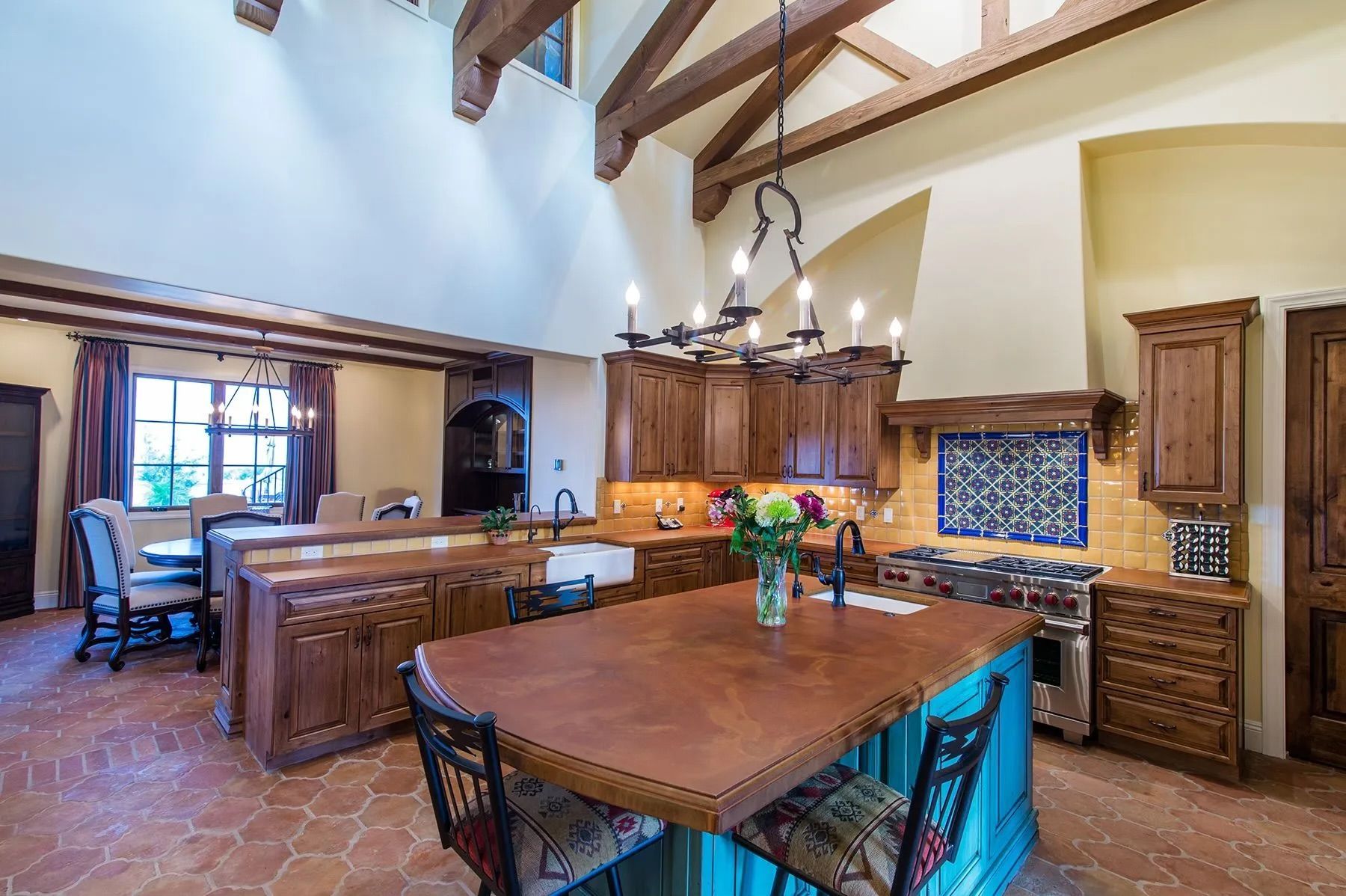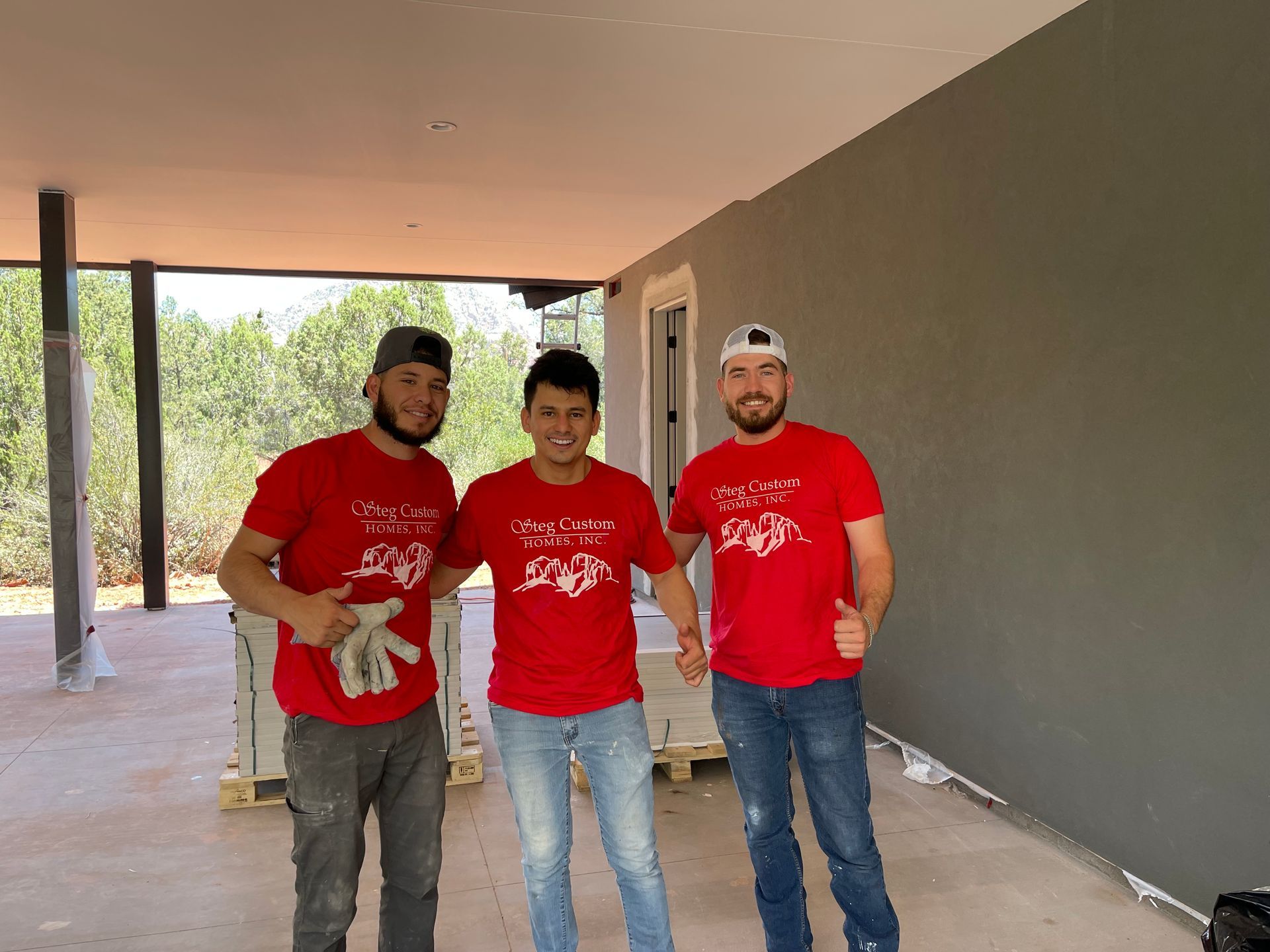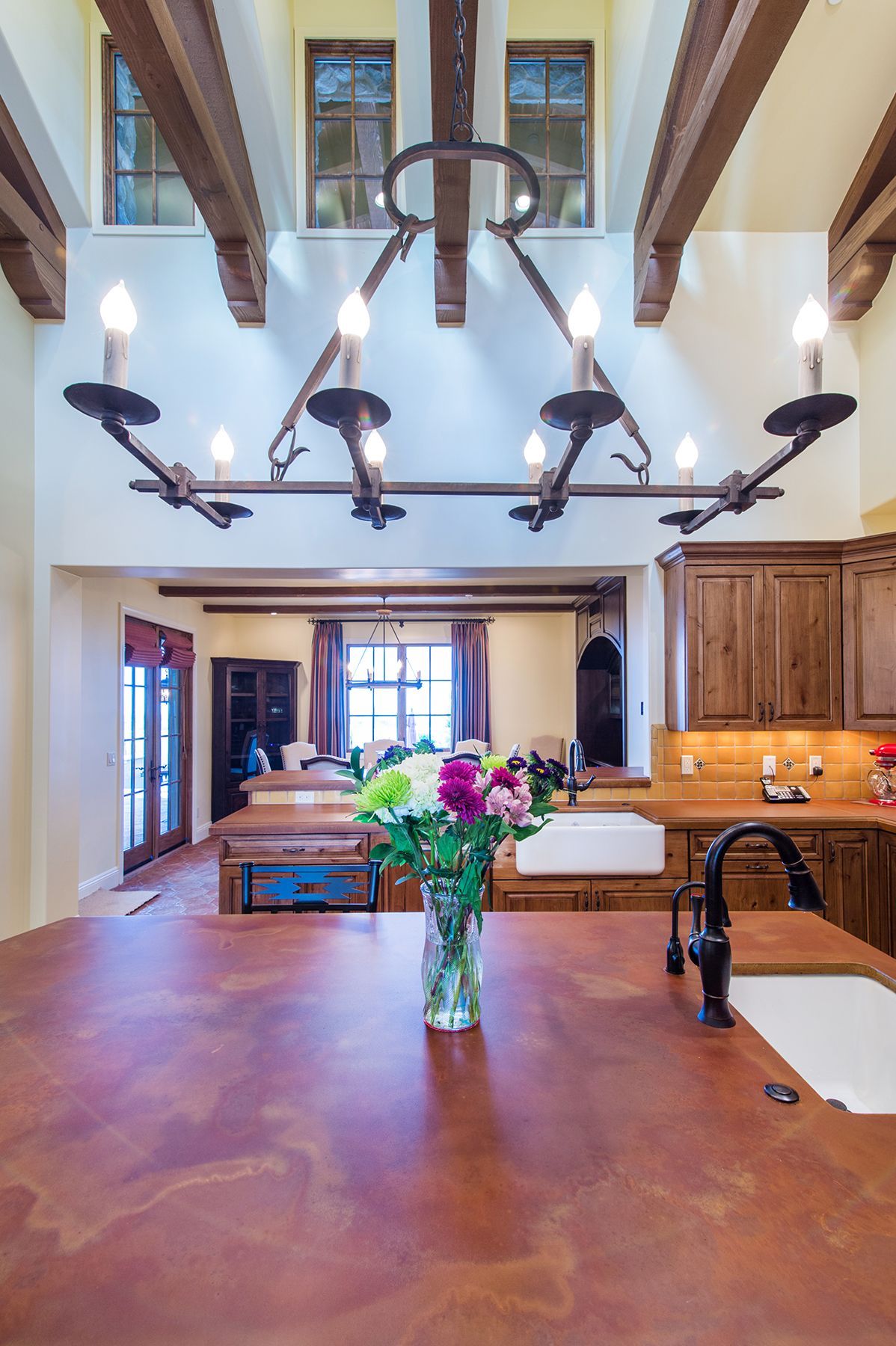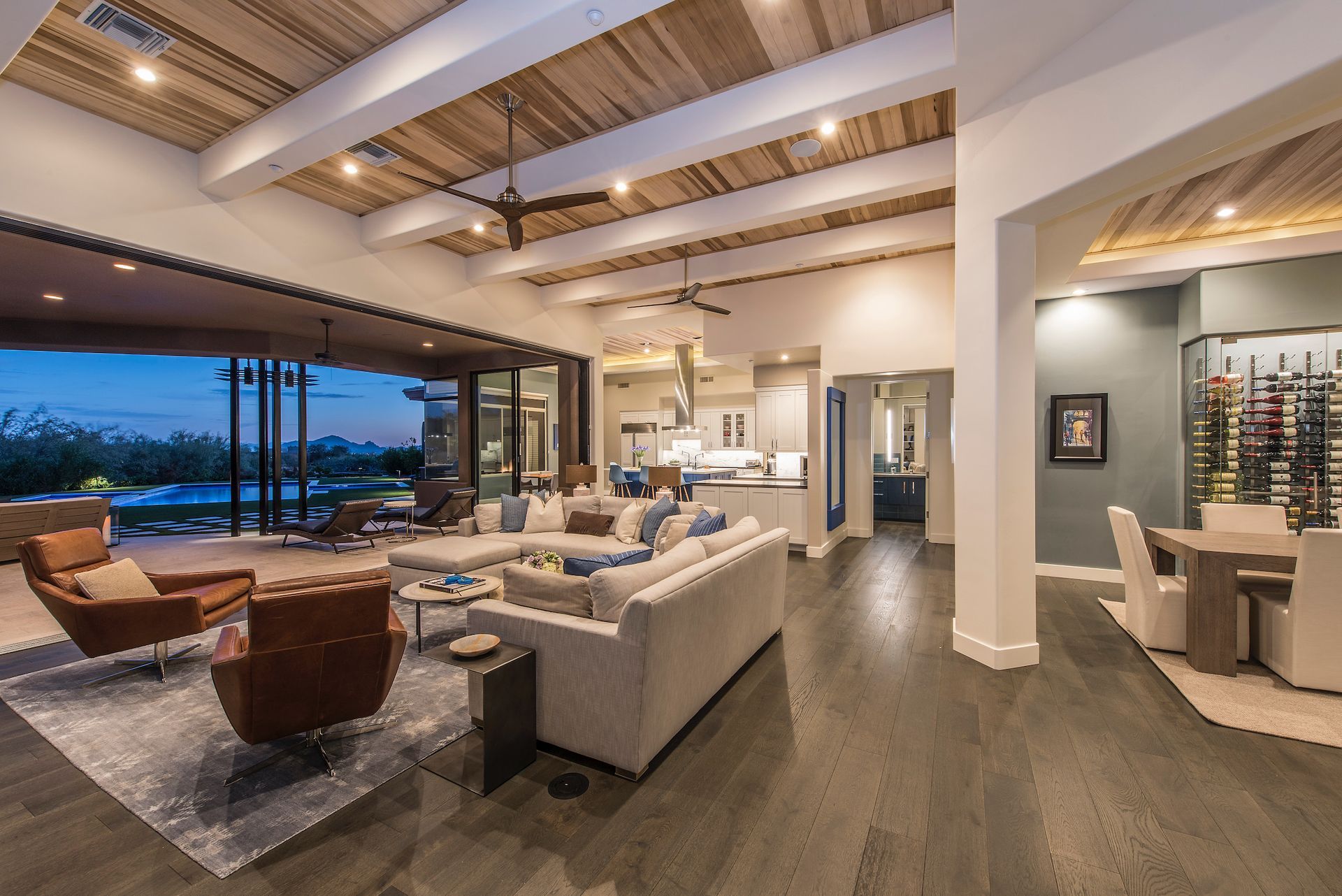Collaboration is the key to a successful Project
Collaboration is the key to a successful project. WHY ?
1. The Importance of Collaboration Between the Builder, Architect, and Designer
Building a home is one of the most significant investments individuals and families make in their lives. To ensure that this complex process runs smoothly and meets the homeowners’ expectations, collaboration between the builder, architect, and designer is essential. Each party brings unique expertise and perspectives, and when they work together harmoniously, the result is a seamless construction process and a beautifully realized home.
1. Unified Vision
At the core of any successful construction project is a unified vision. When builders, architects, and designers collaborate from the outset, they can align their goals and ideas, ensuring that everyone is on the same page. This shared vision helps streamline decision-making and fosters an environment where creative solutions can flourish. By engaging in open communication and collaboration, all parties can contribute their insights, ultimately leading to a cohesive design that reflects the homeowner’s dreams and needs.
2. Enhanced Problem Solving
In any building project, challenges are bound to arise. Whether it’s unforeseen site conditions, design constraints, or material availability, having a collaborative team allows for more effective problem-solving. When builders, architects, and designers work together, they can quickly identify issues and brainstorm solutions that might not have been apparent in isolation. This synergy leads to innovative approaches that can save time, reduce costs, and enhance the overall quality of the project.
3. Streamlined Communication
Effective communication is crucial in any construction project, and collaboration fosters an environment where clear dialogue can thrive. Regular meetings and updates between the builder, architect, and designer ensure that everyone is informed of progress, changes, and challenges. This transparency minimizes misunderstandings and prevents conflicts, creating a smoother workflow. When each party is aware of the others’ roles and responsibilities, the process becomes more efficient, leading to timely completion.
4. Optimized Design and Functionality
Collaboration allows for a comprehensive approach to design and functionality. Architects often focus on aesthetics and spatial planning, while builders have a keen understanding of structural integrity and construction methods. Designers bring their expertise in materials and finishes. When these professionals collaborate, they can create spaces that are not only visually appealing but also functional and practical. This optimization results in a home that meets the clients’ needs in everyday living while maintaining architectural beauty.
5. Cost Efficiency
A collaborative approach can significantly impact the project’s budget. When builders, architects, and designers communicate effectively, they can identify potential cost-saving measures early in the process. For instance, selecting materials that are both aesthetically pleasing and budget-friendly can be achieved through joint discussions. By working together to address cost considerations from the beginning, the team can avoid last-minute changes that often lead to increased expenses, ultimately ensuring the project stays within budget.
6. Quality Assurance
Collaboration enhances the quality of the final product. When all parties are involved in the process, they can conduct thorough quality checks at each stage of construction. Builders ensure that the work aligns with the architectural design, while designers can verify that the finishes match the envisioned aesthetic. This shared responsibility creates a culture of quality, where everyone is invested in delivering the best possible outcome for the client. The result is a home that exceeds expectations in both design and craftsmanship.
7. Client Satisfaction
Ultimately, the success of a home-building project is measured by client satisfaction. When builders, architects, and designers collaborate effectively, they can create a positive experience for homeowners. This teamwork not only leads to a beautifully constructed home but also fosters trust and communication throughout the process. Clients feel valued and engaged when they see their vision come to life through the collective efforts of a dedicated team. By prioritizing collaboration, the builder, architect, and designer ensure that the final product truly reflects the homeowners’ dreams and aspirations.
Conclusion
Collaboration between the builder, architect, and designer is not just beneficial; it is essential for the successful completion of a home. By working together, these professionals create a unified vision, solve problems efficiently, and optimize design and functionality, all while ensuring cost-effectiveness and quality assurance. Most importantly, this collaborative approach leads to greater client satisfaction, making the journey of building a home a rewarding experience for everyone involved. As homeowners embark on this significant investment, understanding the importance of this teamwork can help them make informed decisions and set the stage for a successful project.
Steg Custom Homes has created the Pre-Construction Concierge Program ( PCCP ) to accomplish all of the above and more ..... Click the learn more button to find out how.
STEG Custom homes. All rights reserved.









